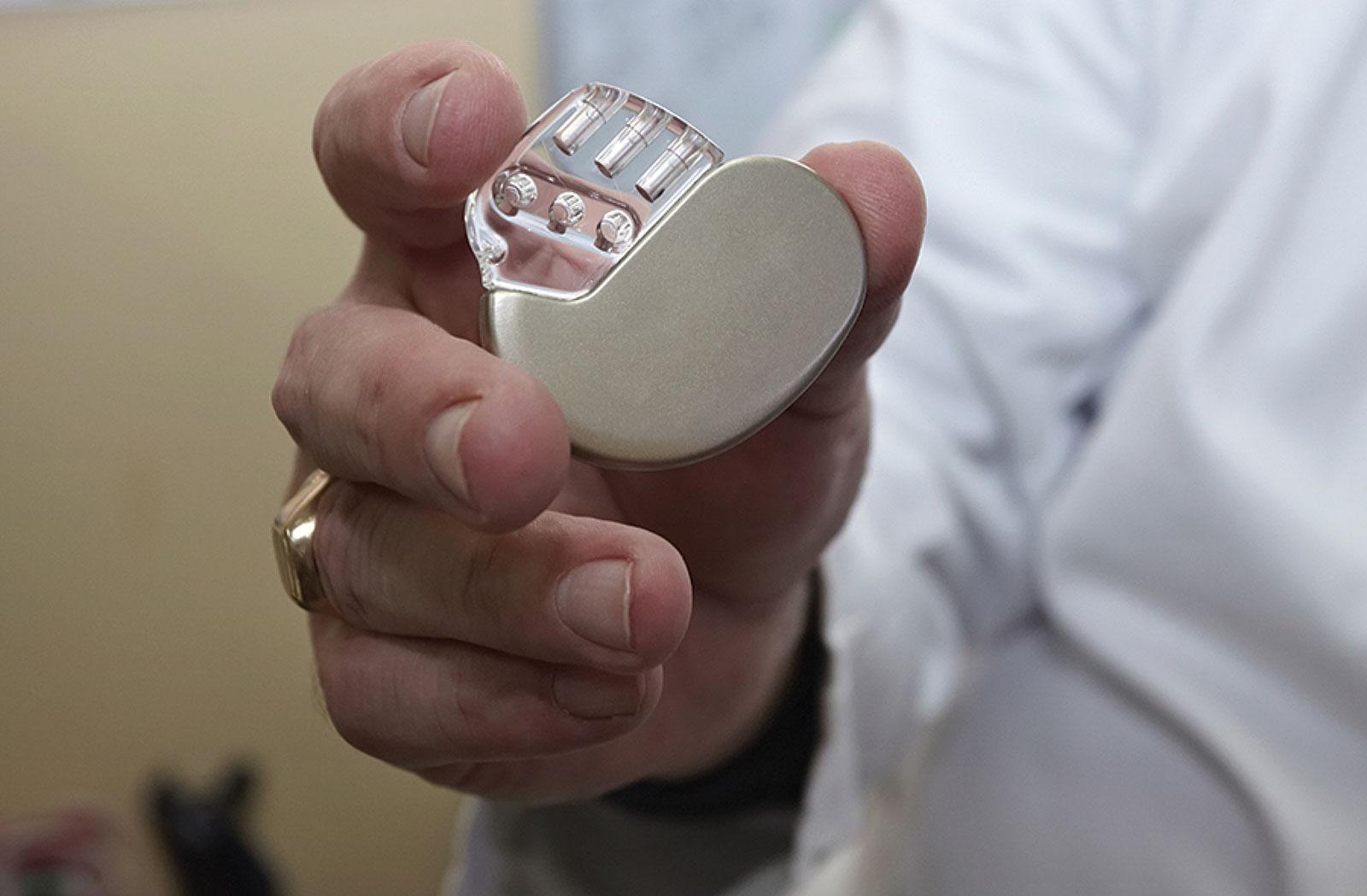Cardiac Implantable Electronic Devices: A Blessing for Heart Patients

Cardiac Implantable Electronic Devices (CIEDs) refer to implantable devices placed inside the body to monitor and treat various heart conditions. Over the past few decades, CIEDs have revolutionized the treatment of heart rhythm disorders and heart failure. In this article, we discuss the various types of CIEDs available, their functions and benefits for patients.
Types of CIEDs
There are three main types of CIEDs used today - pacemakers, implantable cardioverter-defibrillators (ICDs) and cardiac resynchronization therapy (CRT) devices.
Pacemakers: Pacemakers are the oldest and most commonly used CIEDs. They are small battery-powered devices placed under the skin of the chest to help maintain a regular heartbeat. Pacemakers detect irregular heartbeats and deliver low-energy electrical pulses to prompt the heart to beat at a normal rate. They are primarily used to treat bradycardia or slow heart rates.
Implantable Cardioverter-Defibrillators (Icds): ICDs function like pacemakers but also have the added ability to treat life-threatening abnormal heart rhythms. In addition to pacing the heart, ICDs can deliver higher energy shocks to restore normal heart rhythm in the event of tachycardia or fast heartbeats. They are an important treatment option for conditions like ventricular tachycardia and sudden cardiac arrest.
Cardiac Resynchronization Therapy (CRT) Devices: CRT devices, also called biventricular pacemakers, are meant for patients with heart failure and conduction delays in their ventricles. In such cases, the lower chambers of the heart do not contract in synchrony which reduces pumping efficiency. CRT devices pace both ventricles simultaneously to improve coordination and increase heart function.
Benefits of CIEDs
The benefits of CIEDs have been proven through extensive research and clinical use over many years. Some key advantages are:
Reduced Mortality: ICDs have clearly shown to reduce risk of sudden cardiac death in high-risk groups like those who have survived a previous cardiac arrest. In fact, ICD implantation within 40 days of a heart attack can cut the risk of death by 26-31%.
Improved Quality of Life: By protecting against life-threatening arrhythmias and improving pumping ability in heart failure, CIEDs allow patients to lead active lives without fear of sudden cardiac events. They no longer have to limit activities.
Extended Lifespan: Studies show pacemaker implantation can increase 10-year survival by 50-80% in patients with certain bradycardia conditions. ICDs have also been proven to add years of life in appropriate patients.
Less Hospital Stays: Regular pacemaker and ICD check-ups have reduced from yearly to every 1-2 years now. They also help stabilize heart conditions, lowering risks of future hospitalizations for arrhythmias or decompensated heart failure.
Possibility of Remotely Monitored Devices: Modern CIED models have remote monitoring capabilities that allow periodic device checks, arrhythmia transmissions and routine interrogations to be done remotely via secured internet or mobile networks. This saves patients visits.
Overall, CIEDs provide effective treatment that was previously unavailable for various cardiac rhythm and contractility issues. They have allowed millions of patients worldwide to live longer and fuller lives.
Challenges and Advancements
While CIEDs are highly beneficial, certain challenges still exist with long-term device use. Some concerns include:
Device Recalls: There have been instances of device recalls due to manufacturing defects increasing risk of malfunction, most notably certain Medtronic ICD leads. This necessitates regular surveillance of implanted devices.
Infection Risk: As with any foreign body, CIEDs pose a small but serious risk of device infection leading to sepsis. Antibiotic treatment and device extraction may be needed.
Device Malfunctions: Mechanical or electrical components can malfunction over time. Battery depletion also requires replacement surgery. Close monitoring helps detect issues early.
Inappropriate Shocks: A small percentage of ICD patients experience shocks from device misclassification of normal heart rhythms as dangerous ones. Algorithm improvements are making ICDs more specific.
Advancements in miniaturization, programming abilities, remote monitoring, device longevity and fixation strategies are helping address many challenges while expanding treatment options. The future promises intelligent devices that learn individual patient's cardiac profiles for truly personalized therapy.
In conclusion, CIEDs have revolutionized the management of cardiac arrhythmias and heart failure over the last 50 years. Through continuous technical refinements and research evidence, they offer highly effective treatment that prolongs and enhances quality of life for millions globally. While not without risks, CIEDs remain one of the most significant advances in cardiovascular medicine. With ongoing innovation, they will likely play an even greater role in cardiology care in the coming decades.
Get more insights on Cardiac implantable electronic devices
- Art
- Causes
- Crafts
- Dance
- Drinks
- Film
- Fitness
- Food
- الألعاب
- Gardening
- Health
- الرئيسية
- Literature
- Music
- Networking
- أخرى
- Party
- Religion
- Shopping
- Sports
- Theater
- Wellness
- IT, Cloud, Software and Technology


